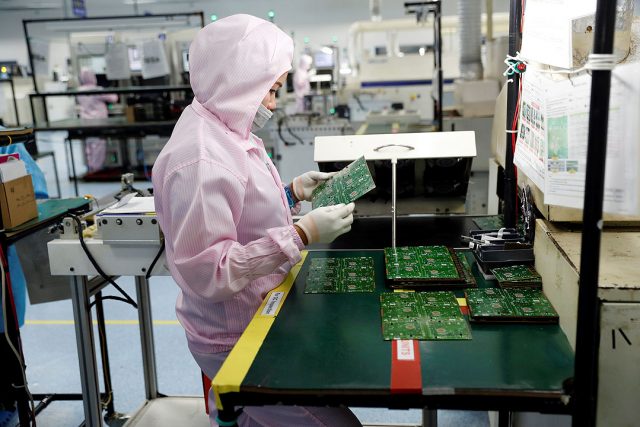PDIC gets P411M from asset sales
THE PHILIPPINE Deposit Insurance Corp. (PDIC) generated P411.4 million from asset sales last year as it disposed of some properties of closed banks.
This was up 24.7% from the P330 million it earned in 2023.
“The funds or proceeds from these disposal transactions of the closed bank assets are held in trust by the PDIC and are used to settle claims of closed bank creditors, including depositors with uninsured deposits. The sales proceeds of corporate assets, meanwhile, augments the Deposit Insurance Fund (DIF), the primary source for deposit insurance claim payments,” PDIC said in a statement.
The state deposit insurer’s 2024 asset sale proceeds came from the disposal of 281 properties, 210 of which were owned by closed banks and the remaining 71 being PDIC-acquired assets.
It added that while the same number of assets were sold in 2024 versus the 2023 level, the value was higher as the sale value exceeded the aggregate minimum bid price of P398.3 million.
PDIC said P194.9 million out of the total 2024 proceeds came from the sale of properties that went through public bidding for more competitive pricing.
The remaining P216.4 million was generated through negotiated sales, where it offered the assets that went unsold at the public bidding exercises.
PDIC President and Chief Executive Officer Roberto B. Tan said in March that the state deposit insurer aims to auction off 350 properties this year to generate revenues.
“The PDIC remains committed to enhancing its asset disposal programs through innovative disposal strategies to attract more buyers, process streamlining to ensure efficiency and ease of transactions; and vigorous marketing initiatives to optimize property values and maximize recoveries such as segmentation and profiling of prospective buyers, partnership with the Pag-IBIG, conduct of virtual tours to interested bidders, and enhanced property search engine on the PDIC Assets for Sale microsite in the PDIC website,” it said.
“With these measures, the corporation aims to further increase asset sales, improve financial recoveries, and support the stability of the financial system by helping ensure funds are plowed back to the economy by way of investments and/or savings.” — A.M.C. Sy















